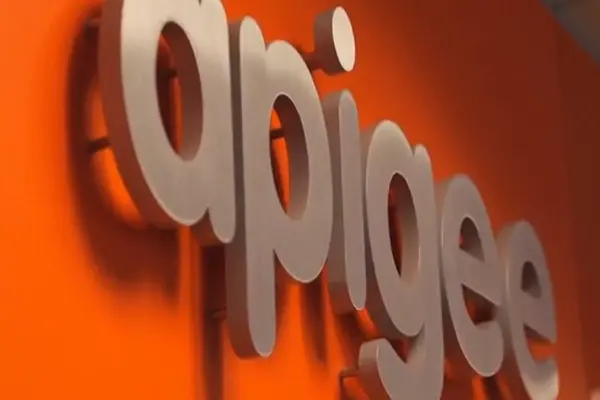Pittsburgh can serve as a model for the economic transformation in the United States, and there are three keys to its success, Jared Cohon, president of Carnegie Mellon University (CMU), told Xinhua in a recent interview.
30 years of transformation
"I think firstly we have to realize that it took a long time" for Pittsburgh to transform itself into a more diverse economy, said Cohon, the eighth president of the 113-year-old, well-known private research university in Pittsburgh, Pennsylvania.
"It took a lot of patience and hard work. Thirty years is a long time. It doesn't happen in overnight," added the 65-year-old president, who will step down on June 30.
Beginning in 1980s, Pittsburgh, a city that once was defined by the steel industry, has shifted its economic focus to health care, higher education, financial services and advanced technology. It is now seen as a successful industrial transformation legend for U.S. cities.
Today, it is hard for a visitor to identify Pittsburgh as a "Steel City" without the knowledge of its history, as the steel mills and heavy smog that once filled the streets have now mostly vanished.
Even the well-known U.S. Steel Tower, the tallest skyscraper in Pittsburgh and a major part of the city's identity, has been adorned with the logo of the University of Pittsburgh Medical Center, which has become the largest employer in the region.
Three keys to success
Cohon listed three keys to Pittsburgh's success, with the first being the economic crisis Pittsburgh faced in the 1980s. It came very suddenly, led to huge job losses and brought people together.
Cohon said that Pittsburgh approximately lost 120,000 jobs from the steel industry from 1980 to 1982 as a result of the economic crisis. According to U.S. Census figures, Pittsburgh had about 420,000 residents in 1980.
"That was a real crisis. I think it's hard for people to respond. I think that brought people together," Cohon noted.
The second is Pittsburgh's ability to diversify the economy away from just manufacturing to include financial services, higher education, health care and ground transportation.
"The result is that we don't fall down as much as we used to when the international economy goes down. We also have grown up quickly," said Cohon.
Pittsburgh weathered the recent global financial crisis, which hit the world in 2008, with surprising resilience, as the housing market was relatively stable and job growth much better than other cities in the country.
It was one of the only three U.S. metros to be deemed "fully recovered from the Recession" by the Brookings Institution, a Washington-based think tank.
The third is that institutions of education, especially University of Pittsburgh and CMU, have been direct contributors to the economic development of the city and played a leading role in the transformation.
"The president of CMU before me played a very important role in helping lead the community to envision different economic futures for itself. And partnership between University of Pittsburgh and CMU is also important," said Cohon, who has led the university since 1997.
CMU'S role
Reflecting on the past 16 years as CMU president, Cohon said he did three things particular to help Pittsburgh's economic transition.
First, "we change in a very important way our technology transfer policy in order to make it much easier for professors to create companies," Cohon said.
Because of the change of this policy, CMU created 300 companies in Pittsburgh, making great contribution to the city's economic development.
The second is to build a Collaborative Innovation Center on campus to "attract existing technology companies to Pittsburgh."
Intel, Apple and Disney now all have collaborative research labs at CMU. Google moved its Pittsburgh office out of CMU in 2010 to another part of the city to expand its local presence.
"It's shocking to Pittsburgh that Google would be there," said Cohon. "This is very successful we bring these companies to Pittsburgh."
The third is to work with University of Pittsburgh to "create new joint research centers and academic development organizations outside the university in the city to help new companies when they are created."
We are a model
Cohen said he believes that Pittsburgh could serve as a model for Detroit and other cities in the Midwest as they struggle with large-scale cutbacks in the automotive industry.
U.S. President Barack Obama picked Pittsburgh as the host city of the Group of 20 Summit in 2009 because of its transformation into "a city that was fully part of a new global ecological economy," said Cohon.
"So we're a model," he added. "How much of Pittsburgh's story can be transferred to other cities? I think one of the key things is universities."
Many cities in the Midwest, such as Detroit, did not have Pittsburgh's advantage of owning two major research universities, he said, referring to University of Pittsburgh and CMU.
"They're going to have," but "it takes a very long time to create institutions like this," he added, noting that CMU is 113-year-old and University of Pittsburgh is 225-year-old.
When asked about what China can learn from Pittsburgh's story, Cohon said, "my advice to China is keeping extending and improving your technical universities, because people who can lead research development and transfer the technology into products processes are the key to the future of China."
Jared Leigh Cohon
The eighth President of Carnegie Mellon University
 简体中文
简体中文

